Comedian Gabriel Iglesias Loves VW Buses So Much He Has His Own Collection. Here’s a Peek Inside.

- Oops!Something went wrong.Please try again later.
Internationally renowned funnyman Gabriel Iglesias answered his calling to make people laugh when he quit his job peddling cell phones so he could launch a career that has gone on to include movies, more than one television series, and solo stand-up performances in front of packed stadiums. But one thing he takes seriously is the classic Volkswagen Bus. So much so, in fact, that the globe-trotting entertainer, known to fans as “Fluffy,” has amassed a trove of the bygone-era transports that has gone on to garner its own acclaim.
Housed in an incognito facility just outside of Long Beach, Calif., the assemblage is so impressive that Pablo Di Si, Volkswagen Group of America’s president and CEO, recently visited to check it out for himself. The two A-listers in their respective industries invited Robb Report to join them as they talked freely about a common bond with the brand, what Iglesias looks for in a vehicle, the marque’s charge toward electrification, and, importantly, what the comedian’s collection is missing.
More from Robb Report
We Drove a Famed 1933 Bentley That Raced at Le Mans, and It Blew Us Away
Car of the Week: This Classic 1954 Oldsmobile Concept Could Fetch $3 Million at Auction
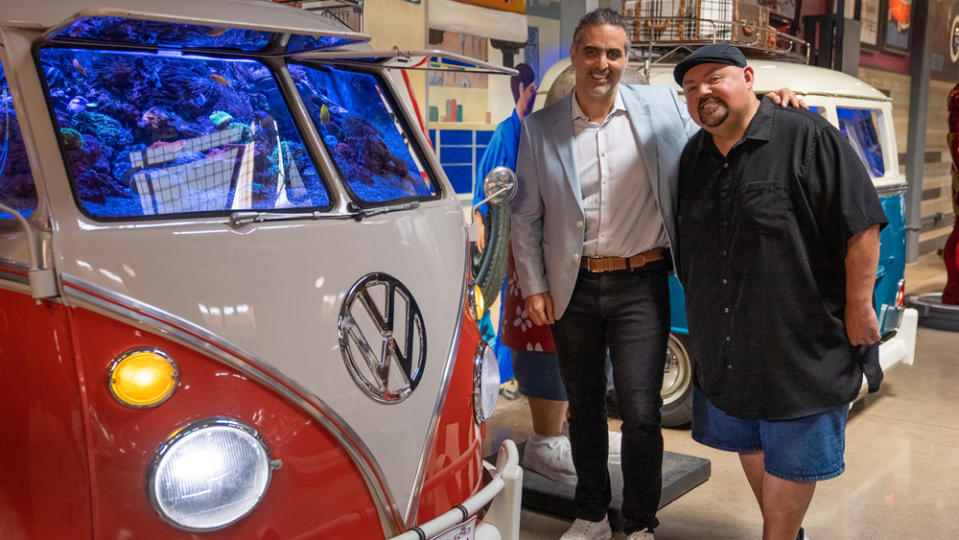
When did your love for all things Volkswagen develop, and how?
Gabriel Iglesias: My first bus was a 1968 Bay Window; I was 17 years old and it was my first car. You’re always attached to the memories of your first car, whatever it is, and so that’s where it started. My brother was the one that got me into it. The engine was so simple, I remember my brother always saying, “it’s just four bolts, it’s just four bolts—I could take that out with a skateboard and a pair of pliers.”
Do you remember your first time behind the wheel?
GI: It was terrifying because it was a 1968 Volkswagen—the amount of play in the wheel, I tell people it was like sailing a boat.
When did you decide to start collecting these buses?
GI: I started this collection 10 years ago when I got the building and had the space for it. I had gotten my girlfriend, at the time, her first car through Jay Leno’s guys—he’s got an incredible team over there. I then asked them if they could help me. Now, granted, I wish I could actually track down the car I had when I was 17 . . . but they got me something that looked just like it. They said, “If you want anything else, let us know,” and I said, “If you guys come across anything else cool, let me know.” We played that game for many years until this building was filled up. It [the collection] grew so fast. I did the bulk of the damage in the first five years.
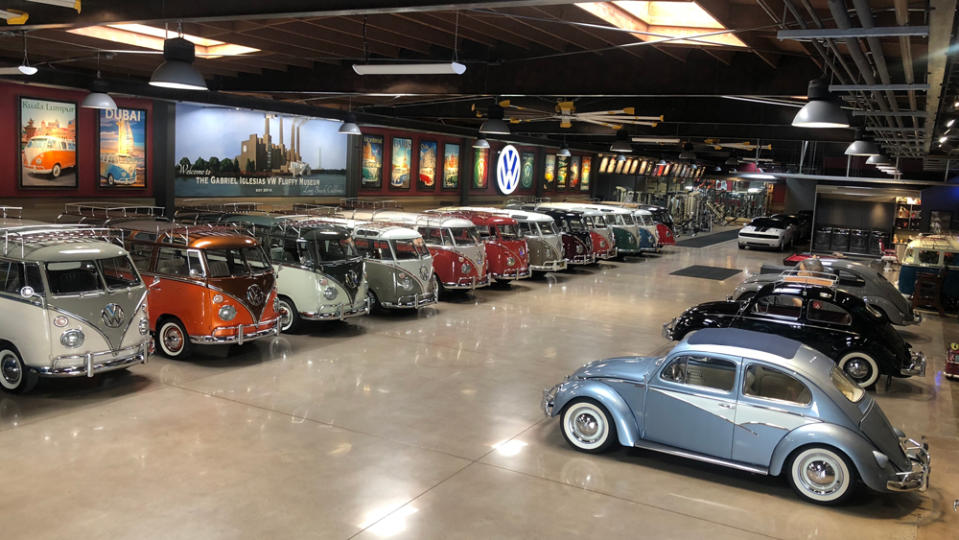
Is there a holy-grail bus out there that you want?
GI: I would like to get my hands on a 1950 Volkswagen Bus, which is the first year they came out. There are a few people that have some but I’m not willing to pay what they want. I do have some cars in the works that aren’t necessarily buses. I have a Karmann Ghia being worked on right now, a Thing, a Fastback, and a Bug. There are about 10 cars that are currently being restored.
Do you ever sell any?
GI: They have never been sold. I have traded.
Do you drive all of them?
GI: I don’t get to drive them as much as I’d like to. I’m always working. I’m on the road 46 weeks out of the year. So when I do get to take them out, it’s pretty cool.
Do you have an absolute favorite?
GI: They are all very unique and special, but my favorite to drive is the ’68, the one that looks like my first car.
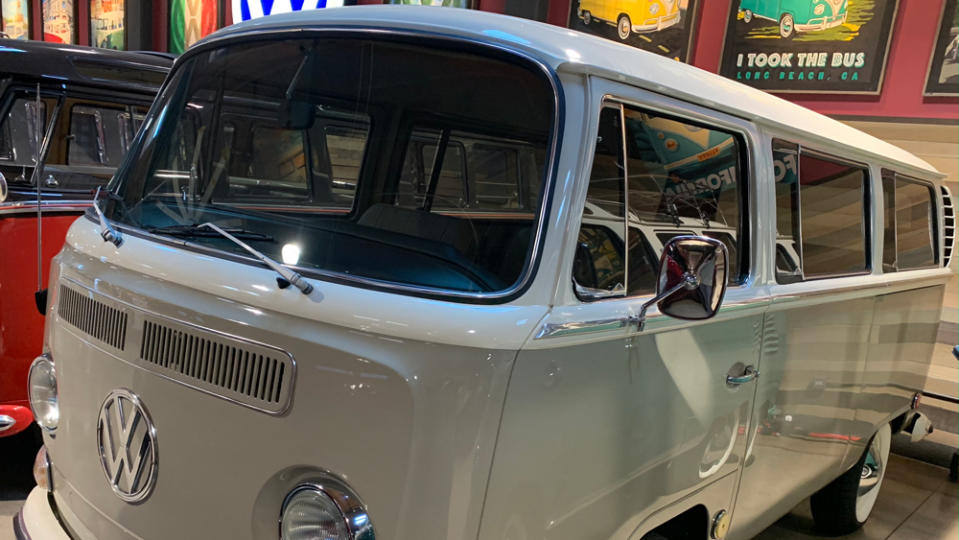
What do you look for when adding to your collection?
GI: The majority of the buses here are from 1967. Once the ’68 came out, it completely changed, so it has to be a ’67 or earlier, that’s the first thing. And the buses are 21- or 23-window, for the most part.
Do you enjoy working on the examples you own?
GI: I’ve never really worked on the cars, I mean, I’ve painted them a little bit, and put in a stereo, but I’m not much for the mechanics of it. Jay Leno is really hands on, I give him credit. That’s not me; I’d rather pay somebody to fix it. I enjoy the lifestyle of it.
What was the aesthetic you wanted for this collection space?
GI: I didn’t want it to feel like a place where you just store vehicles. I wanted it to be a showpiece; I wanted it to look like a museum. We commissioned an artist for the work on the walls, based on the cities I’ve performed in. I’m building it up so that, one day, the public can come and enjoy it. I’m trying to build Mexican Graceland here.
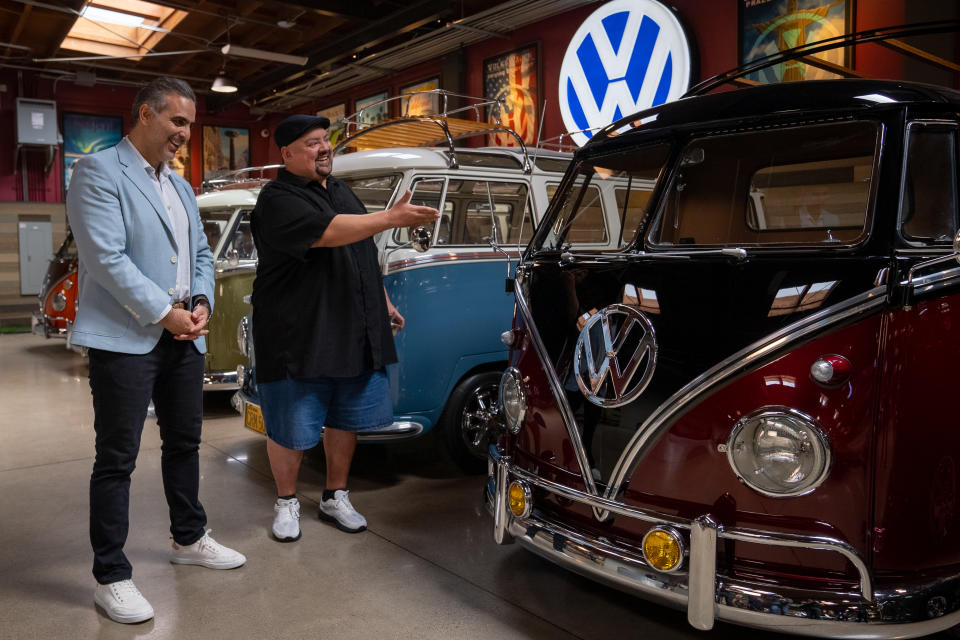
What happened to your first bus, and are you still searching for it?
GI: I don’t think I even sold it, I almost feel like it got taken away from me. I was very young. No, I did sell it. I bought an Oldsmobile that was pimped out with A/C, the windows went down and up, you know, all the things I didn’t have in that Volkswagen. And when I sold [the VW], the guy didn’t even want the bus, he just wanted the engine. I got a picture of the license plate. If I could get my hands on my original car, that would mean a lot. That would be the holy grail for me.
What are your thoughts on Volkswagen, and automakers in general, moving to electrification?
GI: Originally, I fought the electric thing—people don’t like change. I had issues with range anxiety, that was my big thing. But I’ve warmed up to the idea and I think Volkswagen needs to do that to stay competitive.
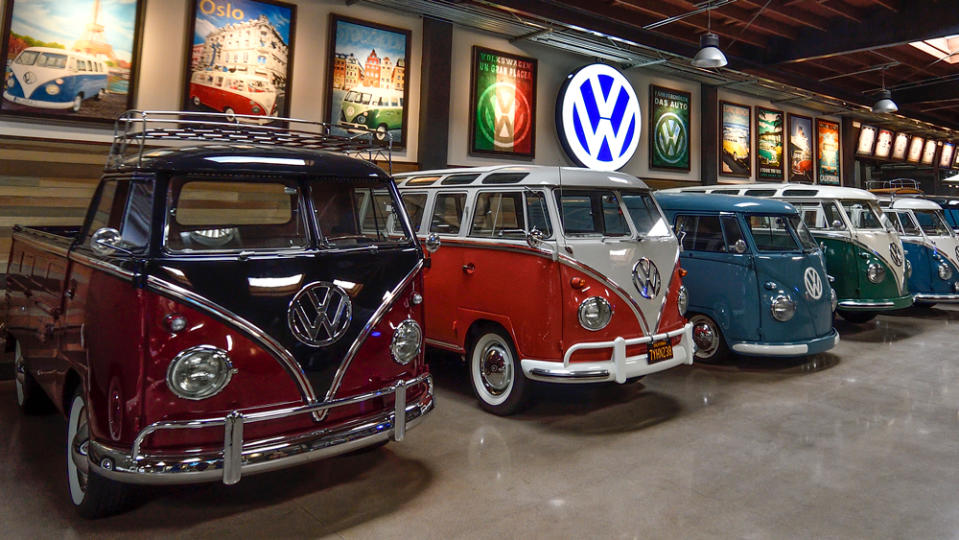
That’s a perfect segue for you, Pablo. First, what’s your impression of Gabriel’s collection?
Pablo Di Si: Well, it’s not only about the cars. I’ve been here two hours and can tell you that the vibe in this place is special. I think it has a lot to do with Gabe and his team. There’s so much love that’s been put into these vehicles. You feel the love, and the collection is amazing.
What is his collection missing that he needs to add?
GI: That’s a setup, I see where this is going.
PD: After meeting Gabe, I really wish that he finds his first car. That would be special.
What drew you to Volkswagen?
PD: Looking at VW from the outside, I always admired the quality of the vehicles and how the company maintained its DNA in design. And there were so many smart people. Imagine going to China 35 years ago. And [VW] created, many years ago, the concept of different brands [under one umbrella]—Bentley, Lamborghini, Audi, BMW. It’s normal today, but it was created 25 years ago.
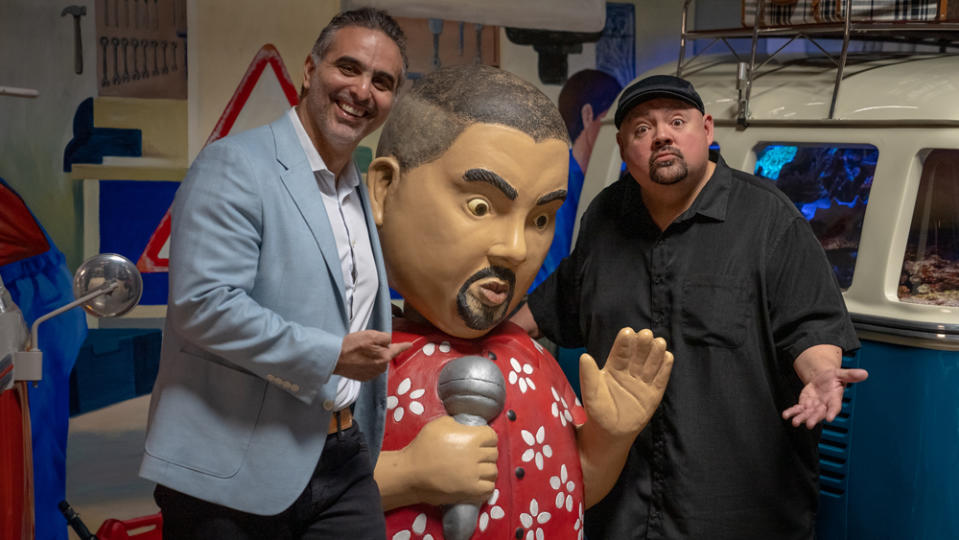
How autonomous are the brands in the Volkswagen Group and how collaborative is the culture?
PD: I’m the CEO of the Volkswagen Group of America, but I don’t go running their businesses. They do have their own autonomy. The important thing is to maintain the DNA of each brand. The way we go to market, the way we go to the dealer and consumer, has to be completely different with the different brands.
What’s the timeline for Volkswagen Group’s transition to electrification?
PD: In the U.S., we’re going to have 25 electric [models], out of all the brands, by 2030. And it’s not only about building the vehicle. We launched Electrify America about six or seven years ago, and if you look at the chargers that were established then compared to the technology available today, there’s a world of difference. We’re going to go from 3,500 superchargers to 7,000 in the next two years. And 100 percent of our energy in Electrify America is renewable.
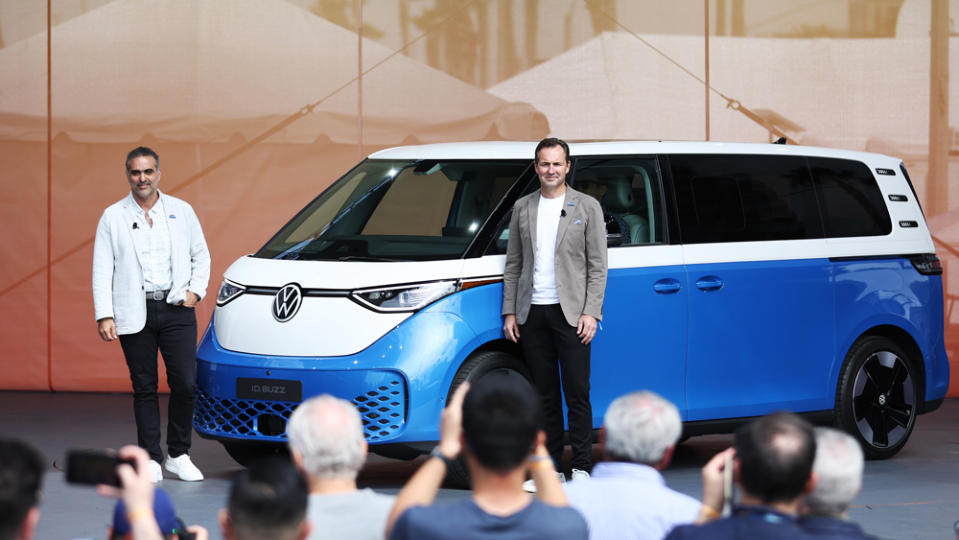
Do you think the industry will adopt more viable and sustainable alternatives to lithium-ion batteries?
PD: I think we’re going to learn as an industry. The key is to get more range with less minerals. If you look at the industry over the last 50 years, we have been doing that over and over with the [internal-combustion] engine—now [there’s] a new technology. And there’s not one initiative, you have to have a couple of initiatives—whether it’s solar, e-fuel, recycling of the batteries. We started, as an industry, with electric cars less than 10 years ago. There’s so much that we need to learn.
Best of Robb Report
Sign up for Robb Report's Newsletter. For the latest news, follow us on Facebook, Twitter, and Instagram.

